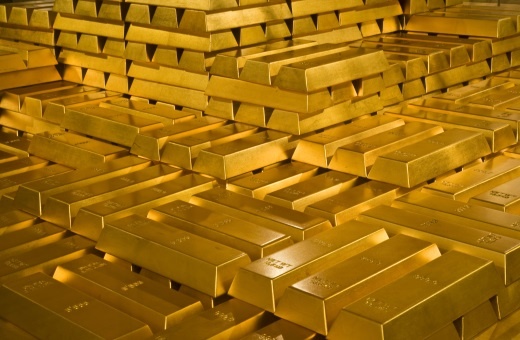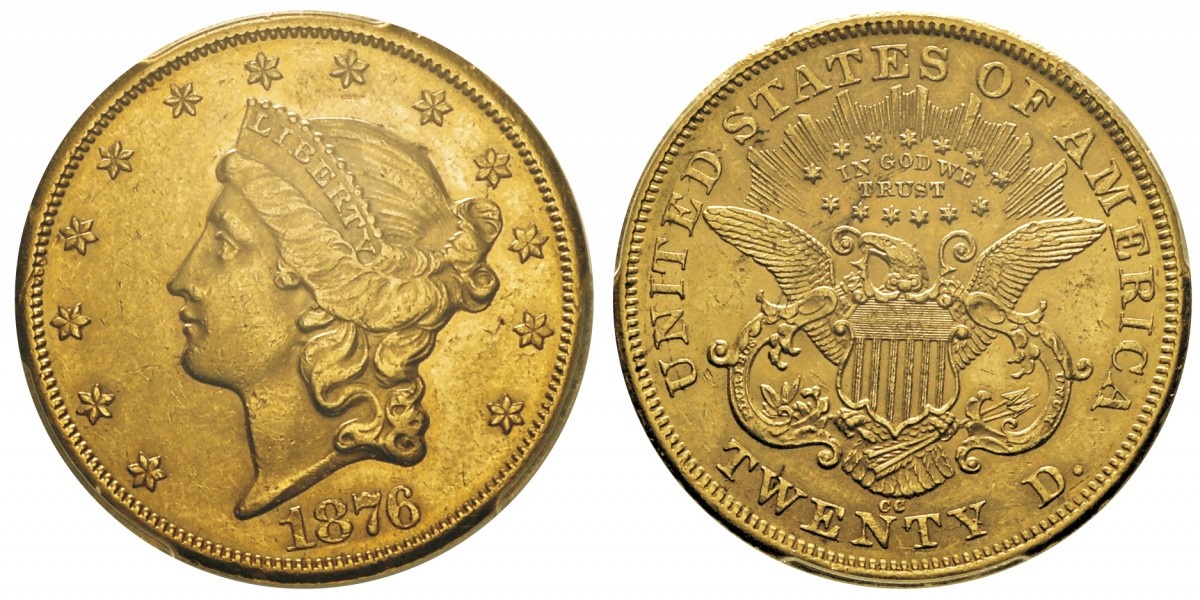News
L’or : la protection contre la catastrophe

in the wake of the yuan devaluation
Market Commentary - Ross Norman - Sharps Pixley, London
Gold touched the 50% retracement at $1087 between the 21 year low in 1999 at $254 and its all time high at $1922 in Sept 2011 and has since then showed impressive gains.
The initial rally to $1124 looked to based upon short-covering in the wake of the yuan devaluation as bears caught fright as it dawned upon them that their four year reign of terror may be ending ... markets can indeed go up as well as down. It has proven hitherto highly profitable to follow the narrative of the Fed but there are alternative dialogues too.
The likely delay in Fed rate tightening seems to have prompted a further bout of short-covering.
Gold has done impressively well in breaching overhead resistance between $1132 and $1142 and is now on its way to challenge the $1170 level which marks not only an important downtrend but also the 100 day moving average.
There are a number of reasons to be cautiously bullish ... firstly COMEX traders have a record short positions for ythe first time since data was collated in 2006 - being short gold is looking like a very crowded trade ... secondly, gold is trading at a small backwardation which suggest tightness in the market (possibly because of the red hot physical demand or possibly as a pre-amble to a market squeeze to the upside ???). Backwardation is a rare and un-natural phenomenon in gold and certainly indicates something is afoot of a bullish nature - thirdly physical demand is looking good. Our parent company Degussa who are said to be the largest in Europe in retail physical copies and bars are seeing volumes in Germany and Switzerland up about 50% in H1 2015 over the corresponding period in 2014. Does the German market matter ??? You betchya - its third behind China and India and roughly twice the size of the US market... and fourthly, there has been good buying in the options market of the $1200 strike calls (which clearly suggests some players see considerable upside from here )... and lastly the bullion banks seem ,almost to a man. to be universally bearish - which as a contrarian tells me this must be a great time to buy.
We did however suggest cautious optimism ... gold prices have been horrifically elastic these last 3 years and "momentum fade" has deeply eroded the confidence of the most die-hard bull. We don't yet have a bull market in place in our view but a figure above the $1240 will certainly give many renewed confidence - which could potentially be self-reinforcing, just as was between 2000 and 2008 when the market clipped along at a 12% year on year gain well before any of us had heard the words "sub-prime" even.
The current price is an extension of the gains we saw before the economy took a turn in 2008 - in other words in is based around supply/demand fundamentals... and gold is effectively saying the economic crisis is behind us ... it's not. Global debt is 40% worse than we had in 2008 and arguably the economy is even more fragile and precarious. Whether the current price action is sufficient to draw in new investors remains to be seen. Certainly for investors in non-dollar terms gold has performed as expected - down in 7% in US dollar terms but up 6% in Canadian dollars, up 9% in rouble terms, up 4% in euro terms etc etc... in short, gold has done precisely as ordained for those who most need it.
Ross Norman
CEO
Sharps Pixley
Dollars??? Le saviez-vous?

Vous avez bien évidement entendu parler du dollar?
Peut-etre êtes-vous un fervent collectionneur de dollars en or ou en argent.
Vous parcourez les ventes aux enchères et ventes sur offre pour en trouver?
Saviez-vous que ce mot provient de l’anglicisation d’un mot allemand : « Thaler » utilisé pour désigner une monnaie en argent de gros module. Ce fut dans le Tyrol que cette pièce en argent a été frappée en 1484 pour la première fois.
Le 2 avril 1792, la frappe du dollar fut autorisée par Le Congrès des Etats Unis (au poids de 26,92g et titre de 892‰) pour remplacer, la pièce espagnole de 8 réaux, (plus grosse espèce en argent circulant à cette époque dans les Amériques).
Cette nouvelle monnaie avait un poids et titre un peu inférieurs à la monnaie qui avait inspiré sa création (27,06 g et titre 896‰). Le 18 janvier 1837, le poids fut de nouveau abaissé à 26,73 g et le titre à 900‰, le contenu d’argent fin restant identique soit 24,05 g suit à une nouvelle loi. Dès lors, et jusqu’en 1935, tous les dollars frappés eurent ce titre et ce poids.




 English
English French
French Italian
Italian